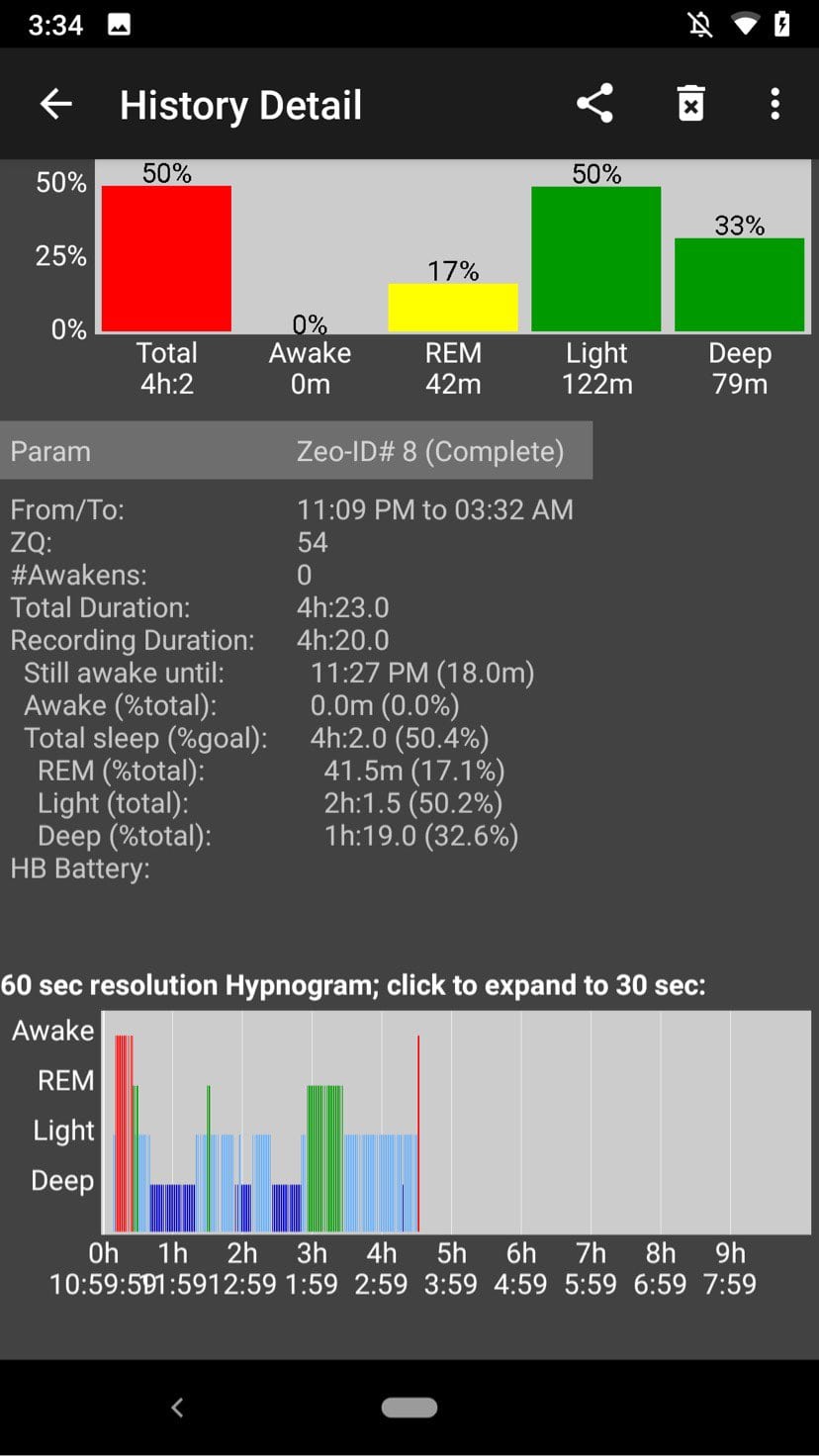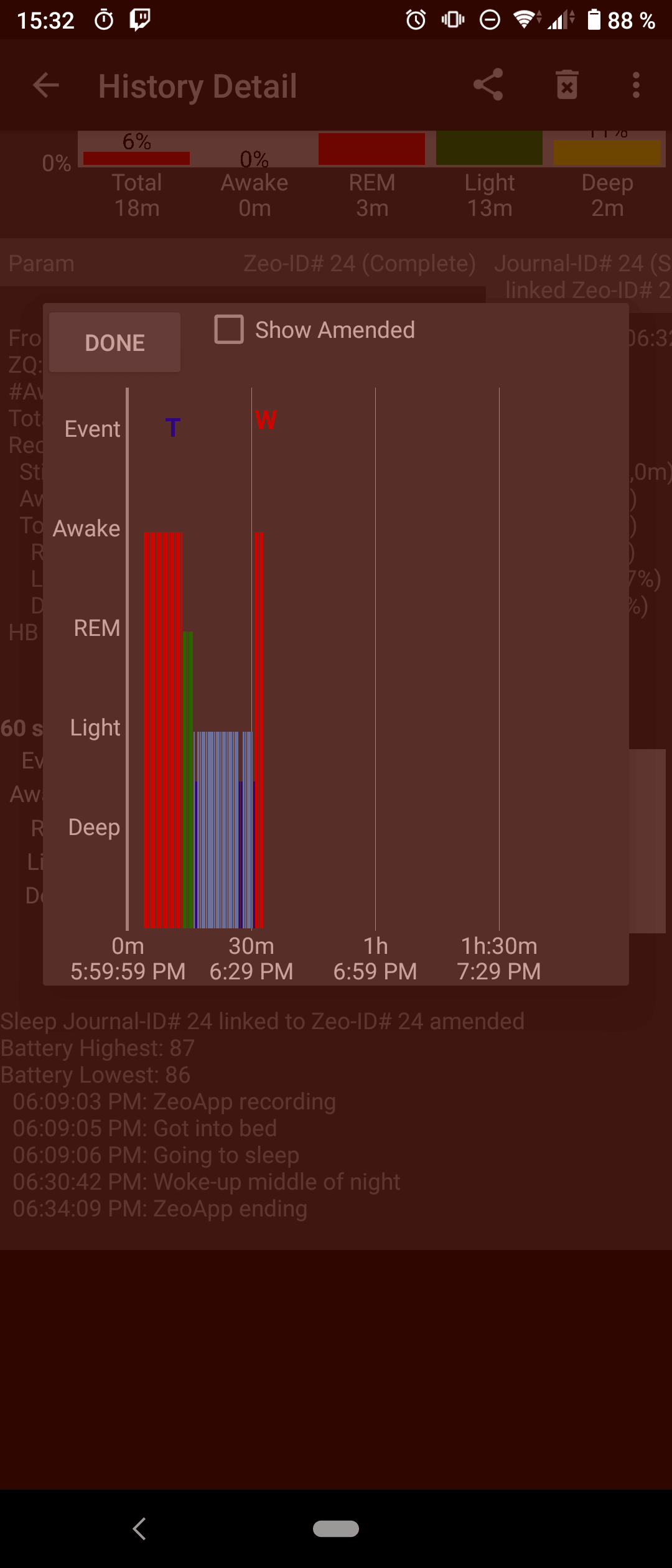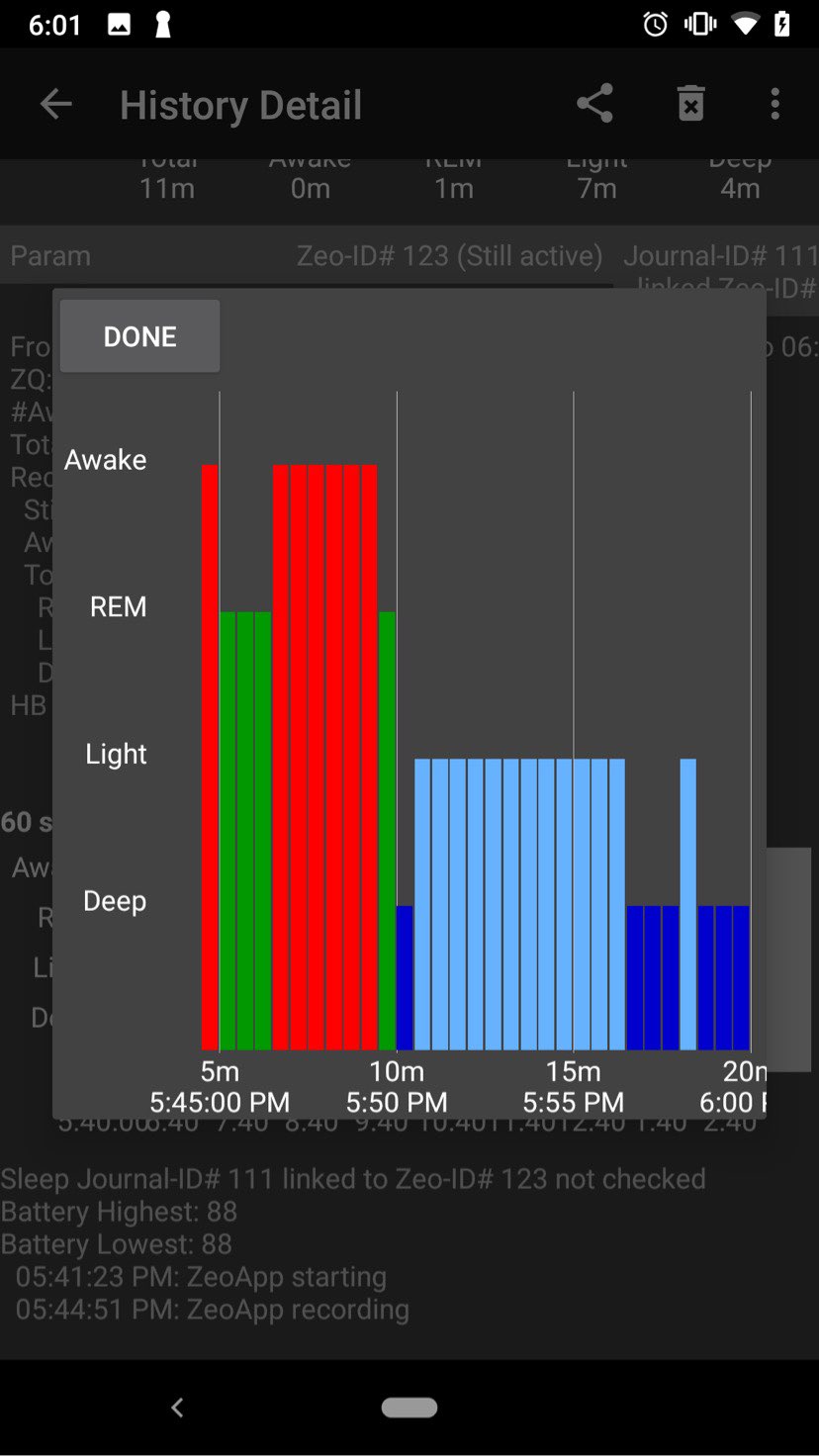Introduction
REM sleep deprivation seems to be a very common problem in today’s society. In fact, it is seemingly so common that achieving a full night sleep of ~7-9 hours is a luxury for many. Under many arduous living conditions, including poor time management and planning, a plethora of sleepers cannot afford a normal nocturnal sleep duration.
So far, our community has welcomed a lot of said sleepers. For some reason, the idea of dividing sleep into more than one sleep segment can help them remedy their gaping sleep issues. However, adaptations are no easy obstacles. Still, the overwhelming majority of these sleepers have encountered intense dreaming experiences that they had never experienced up until their polyphasic sleep attempts. Thus, this post will focus on the following contents:
- Explain how an ongoing adaptation, which often curtails some REM sleep, affects personal dreaming experiences.
- Highlight some commonly asked questions about certain “REM” naps during the adaptation phase.
- Provide some contextual anecdotes on polyphasic dream contents during the adaptation phase.
Content
- Sleep Mentation
- Selective REM deprivation
- Ongoing Polyphasic Adaptations
Sleep Mentation & Dream Contents in Different Sleep Stages
While seemingly unfamiliar, sleep mentation is a rather strong sleep parameter for dream content assessment. It consists of thoughts, imagination and dreaming while asleep1. While appearing similar to meditation, sleep mentation occurs during sleep and manifests as elements of a dream.
A lot of sleep studies have relied on participants’ mentation reports to collect and classify dream contents. This is especially more relevant with the roles of sleep stages in generating dreams. So far, there is a strong consensus that REM sleep generates the most amount of dreams, including vivid dreams. On the other hand, NREM dreams tend to be rarer and also a lot less vivid at the same time.
- Tentatively, you can rely on temporal units to guess which sleep stages generate dreams at the point you wake up.
- Writing out your sleep mentation reports may also be useful right after you wake up, from either a core or a nap. Forming a habit of logging your personal dreams may also give you more ideas about your dream vividness. The following indicators support the temporal unit system1:
- NREM mentation reports, most notably NREM2, tend to be rather vague, less specific and more familiar dream settings. Overall, it is much less likely for sleepers to recall extremely detailed dreams from NREM sleep stages.
- REM mentation reports, on the contrary, are often more vivid, bizarre and contain exotic settings.
However, while these pointers have a decent basis to apply to normal sleep, polyphasic sleeping may be different. In fact, mentation reports of ongoing adaptations can be very confusing. The following sections will explain why this is the case for REM sleep.
Experiments on Selective REM Sleep Deprivation & Dream Contents
Legend:
- Green: REM sleep
- Deep blue: SWS
- Light blue: Light sleep
- Red: Wake

Because REM sleep is prevalent in the last ~2-3 sleep cycles of a nocturnal monophasic core sleep, shortening monophasic sleep duration will cut into REM sleep. In addition, SWS duration virtually does not change with a core sleep of a couple cycles (e.g, at least ~4-5h) at least for the first couple nights. This condition is often referred to as “selective REM deprivation” or “partial sleep deprivation”.
There has been a limited amount of resources on the topic, unfortunately. Two short-term studies have agreed on the increased intensity of dream contents following REM deprivation2,3:
- There is some kind of “dream compensation” especially when REM duration shortens.
- Regardless, “the need to dream” remains unclear and may depend on individual differences.
Despite the efforts, a cross-night replication study did not observe any increase in intensity of dream contents, under similar setups4. Obviously, this leaves much to be desired when we look at how many polyphasic sleepers embark on fiery dreams even when adaptation is still going.
Ongoing Polyphasic Sleep Adaptations
Despite the contradictory findings, there has been a very intriguing discovery on a model of REM sleep several years later. These new discoveries may explain eerie sensations between sleeping, waking and dreaming on a polyphasic schedule.
The Covert REM Sleep Model
According to this model, partial sleep deprivation experiments first affects REM duration and homeostasis. As a result, partial REM deprivation increases the dream-like quality of mentation from REM stage and NREM15. This model also proposes the following pointers:
- The imagery quality of dreaming at sleep onset (or NREM1) and REM sleep enhances. Thus, NREM1 now takes on the roles of generating dream contents, a trademark feature of REM sleep.
- NREM1 has some relationship with activation of certain processes related to REM sleep. As a result, it may have certain REM propensity biomarker with some utility.
- Vivid dreaming can exist when sleepers enter NREM1, or starts initiating sleep.
- Because sleep onset, part of the NREM sleep stages can generate dreams with REM deprivation, it acts as a “covert REM” stage.
Anecdotal Reports of Polyphasic Sleepers During Adaptation
Following the explanation of the covert REM sleep model, we may now be able to answer some lingering questions:
- Are some 20-minute naps actually REM naps if there is some vivid dreaming?
- Why do I keep waking up 2-3 minutes into a nap? I even recall some dreams when I wake up.
- Some of my naps are very choppy. I wake up 2-3 times during only 20 minutes. Why is that?
- I think I have some hallucinations or waking thoughts as I dozed off for some seconds; however, I am not sure if I did that. Is that even possible?
These phenomena are actually very common during adaptation. This is usually the case for reducing schedules, especially those with intensely vivid REM naps as time goes on. In fact, they can be so common that polyphasic sleepers may run into them at least a couple times until they are adapted.
The answers also become a lot more interesting; it can get confusing to the point that only accurate EEGs can tell what sleep stage they wake from. Below is a highly common example.
Dream Content with Light Sleep Nap

- This is an Everyman 2 sleeper who is in an early adaptation stage. His schedule is a standard E2 variant, with 20m naps.
- Specifically, he did recall some decently vivid dream(s) very soon after closing his eyes, and slept through the nap. However, there are traces of SWS in the nap rather than the predominantly REM nap.
- He described his nap dream as some sort of “waking thoughts” with just 2 or 3 images sprinkled here and there. Furthermore, he thought he did not fall asleep at all.
Given that the Zeo sleep tracker possesses some quirks, he may or may not achieved SOREM in the nap. However, based on his dream content description and REM had yet to repartition into his naps, he may not have achieved actual REM sleep. One specific quirk of the Zeo is the potential mislabeling of REM sleep as sleep onset6.
Despite the controversy, this example also emphasizes on the “covert REM sleep model” inadvertently. Thus, the only reliable way is to wait for adaptation’s progress and observe certain patterns of sleep stage repartitioning in the naps.
Dream Content with REM Sleep

- This nap is from an Everyman 3-extended sleeper after ~5 weeks on the schedule. However, the adaptation is not complete by this date.
- The Zeo recording is the third nap, from 5:40 to 6:00 PM.
- The sleeper reported that she woke up just within the first 5 minutes into the nap. She did recall some decently vivid dreams. Then, it took another ~2-3 minutes for her to enter sleep again, with an SWS wake at the end of the nap.
- No other dream elements than the first dream(s) were recalled after she resumed sleeping the full duration of the nap.
Overall, the Zeo recording accurately portrayed what had happened in this nap. She woke up because of a dream, thinking that it had been much longer than just a couple minutes into the nap. After returning to sleep, she entered REM sleep for just a bit more time before transitioning to light sleep and SWS. Furthermore, waking in SWS made it unlikely to recall any dreams, which also fits her description.
Considering all elements, this sleeper likely did achieve SOREM and actually get REM sleep in this nap, despite the late afternoon hours usually favoring NREM sleep. This chunk of REM sleep was also longer than the very brief epoch in the first example, even with some interruption. All in all, the lively dream contents and the EEG recording seem to support the strong likelihood for REM sleep to be present in the nap.
Other Notes
- While the above two examples are far from enough to make further conclusions, they demonstrate what can happen during adaptation.
- Usually, the issues with sleep interruptions or running into vivid dreams shortly after lying down have some correlation with the covert REM sleep model and SOREM periods.
- One of the most common dreaming themes of adapting polyphasic sleepers is oversleeping. Specifically, they often dream of shutting down alarms and waking up after the scheduled sleep time, or doing certain things they would be doing after waking up. Thus, these exotically temporal dreams do reflect the concerns or “fear” of oversleeping.
- The majority of sleepers over the years did report a “natural” enhancement of intense dreaming when reducing their total sleep on their monophasic schedule. Their dreams can in fact be so intense that they feel surreal. See False Awakening Dreams for more information.
Conclusion
Polyphasic dream contents during the adaptation phase are of clinical importance. This is because they can tell how the internal processes of the body change with regards to a polyphasic sleeping regime. The novel distribution of REM sleep into each sleep blocks as well as the positioning of REM sleep have contributed to eerie napping experiences. Similarly, the effects from selective REM sleep deprivation may also tell a lot of interesting stories.
Such changes in sleep architectures and dream contents also spark a lot of questions about how individual differences may play a role. Identifying the proper sleep stages has been a monumental task under sleep deprivation conditions in the community. As a result, the consistency of sleep stages in each sleep block will have a final say on personal sleep architecture once the adaptation phase is over.
Main author: GeneralNguyen
Page last updated: 5 March 2021
Reference
- McNamara, P., Johnson, P., McLaren, D., Harris, E., Beauharnais, C., & Auerbach, S. (2010). Rem And Nrem Sleep Mentation. International Review of Neurobiology, 69–86. doi:10.1016/s0074-7742(10)92004-7. [PubMed]
- SAMPSON, H. (1965). Deprivation of Dreaming Sleep by Two Methods. Archives of General Psychiatry, 13(1), 79. doi:10.1001/archpsyc.1965.01730010081011. [PubMed]
- Pivik, T., & Foulkes, D. (1966). “Dream Deprivation”: Effects on Dream Content. Science, 153(3741), 1282–1284. doi:10.1126/science.153.3741.1282. [PubMed]
- FOULKES, DAVID, et al. “EFFECTS OF” DREAM DEPRIVATION” ON DREAM CONTENT: AN ATTEMPTED CROSS-NIGHT REPLICATION1.” Journal ol Abnormal Psychology 73.5 (1968): 403-415. [PubMed]
- Nielsen, T., Stenstrom, P., Takeuchi, T., Saucier, S., Lara-Carrasco, J., Solomonova, E., & Martel, E. (2005). Partial REM-Sleep Deprivation Increases the Dream-Like Quality of Mentation From REM Sleep and Sleep Onset. Sleep, 28(9), 1083–1089. doi:10.1093/sleep/28.9.1083. [PubMed]
- SHAMBROOM, J. R., FÁBREGAS, S. E., & JOHNSTONE, J. (2011). Validation of an automated wireless system to monitor sleep in healthy adults. Journal of Sleep Research, 21(2), 221–230. doi:10.1111/j.1365-2869.2011.00944.x. [PubMed]
